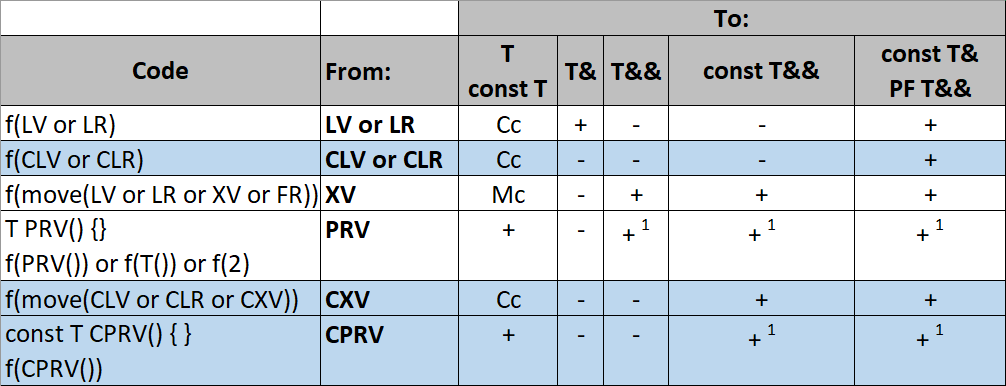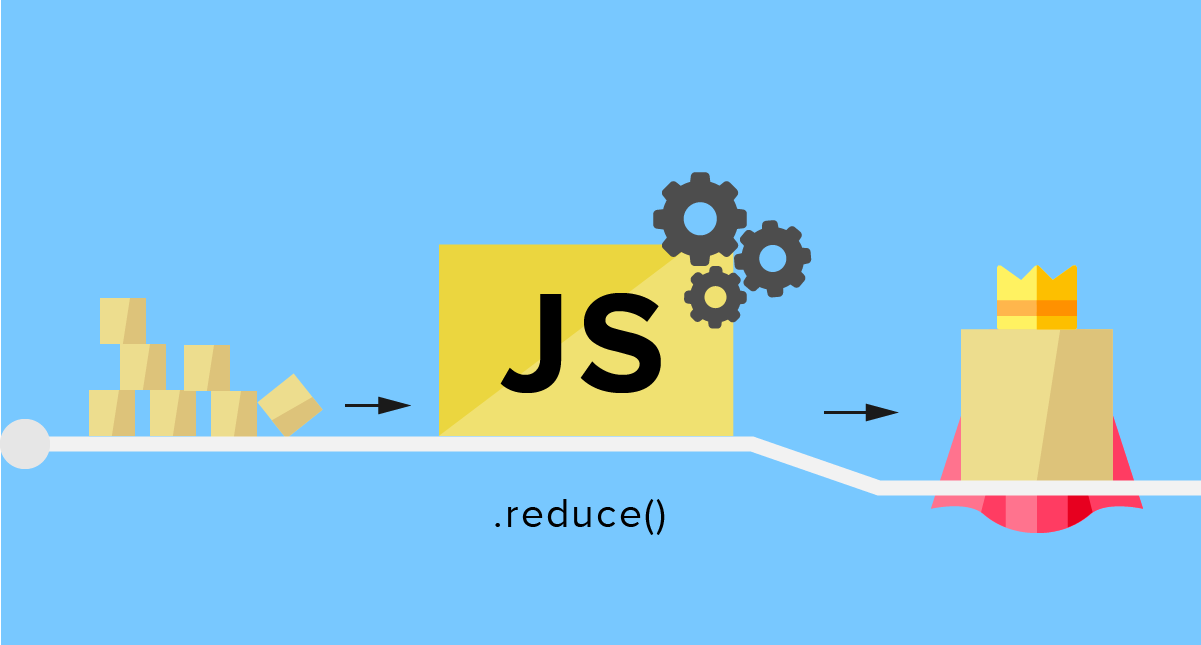
In JavaScript, state management is a hot of discussion these days. When it comes to implementing state management, developers often find it challenging dealing with boilerplate code in Redux. Hence, MobX has proved to be a good alternative to Redux which gives the same functionality with less code to write. However, both state management tools work well with React.
Let's first have a look at the common things between the two:
1) Both support time-travel debugging
2) Both contain open-source libraries
3) Both provide a client-side state management
4) Both provide huge support for React native frameworks
In this blog, we have listed all the pros and cons of both state management solutions. It will help web developers to choose the best one for their next project. Before discussing this, we have compared both Redux and Mobx based on some parameters as given below:
















